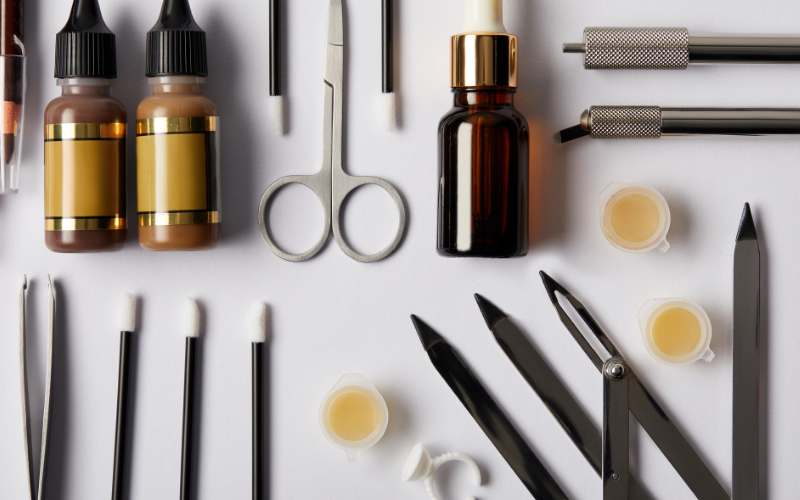PRP (Platelet Rich Plasma)
What Is Platelet Rich Plasma?
Platelet Rich Plasma consists of two elements: plasma, or the liquid portion of blood, and platelets, a type of blood cell that plays an important role in healing throughout the body. Platelets are well-known for their clotting abilities, but they also contain growth factors that can trigger cell reproduction and stimulate tissue regeneration or healing in the treated area. Platelet Rich Plasma is simply blood that contains more platelets than normal.
To create Platelet Rich Plasma, clinicians take a blood sample from the patient and place it into a device called a centrifuge that rapidly spins the sample, separating the red and white components of the blood from the platelets and concentrating them within the plasma.
What Is A PRP Injection?
After collecting Platelet Rich Plasma from a patient’s blood sample, that solution is injected into the target area, such as an injured knee or a tendon. The idea is to increase the concentration of specific bioproteins or hormones, called growth factors, in a specific area to accelerate the healing process.
Studies show that the increased concentration of growth factors in Platelet Rich Plasma may stimulate or speed up the healing process, shortening healing time for injuries, decreasing pain, reproducing collagen and elastin, and even encouraging hair growth.
PRP Therapy Risks & Side Effects:
A PRP injection is a low-risk procedure and does not usually cause major side effects. The procedure involves a blood draw, so you should make sure you are hydrated and have eaten beforehand to prevent feeling lightheaded. After the procedure, you may experience some soreness and bruising at the injection site.
Because PRP injections are made up of your own cells and plasma, the risk of an allergic reaction is much lower than with other injectable medications. Less common risks of PRP injections include:
- Bleeding
- Tissue damage
- Infection
- Nerve injuries
PRP With Other Procedures:
PRP has been studied while being coupled with other procedures such as microneedling, proving increased results with less downtime. While combining the two procedures, clients results see dramatic improvements to their skin in less time. These results range from thicker, more voluptuous skin, to less fine lines and wrinkles.

